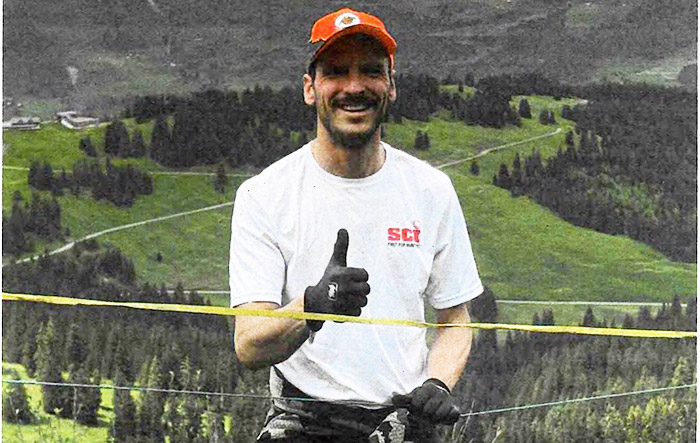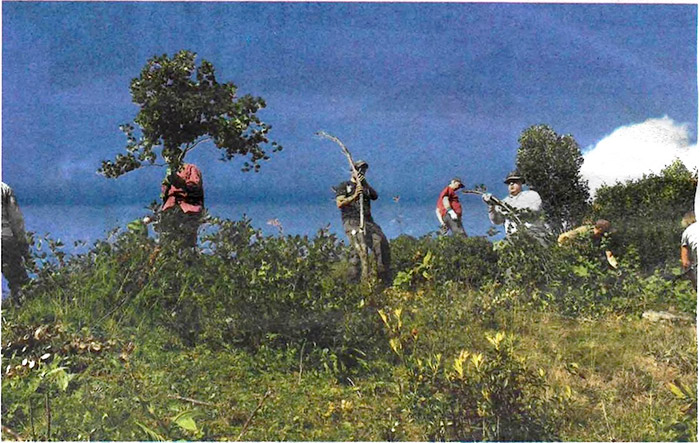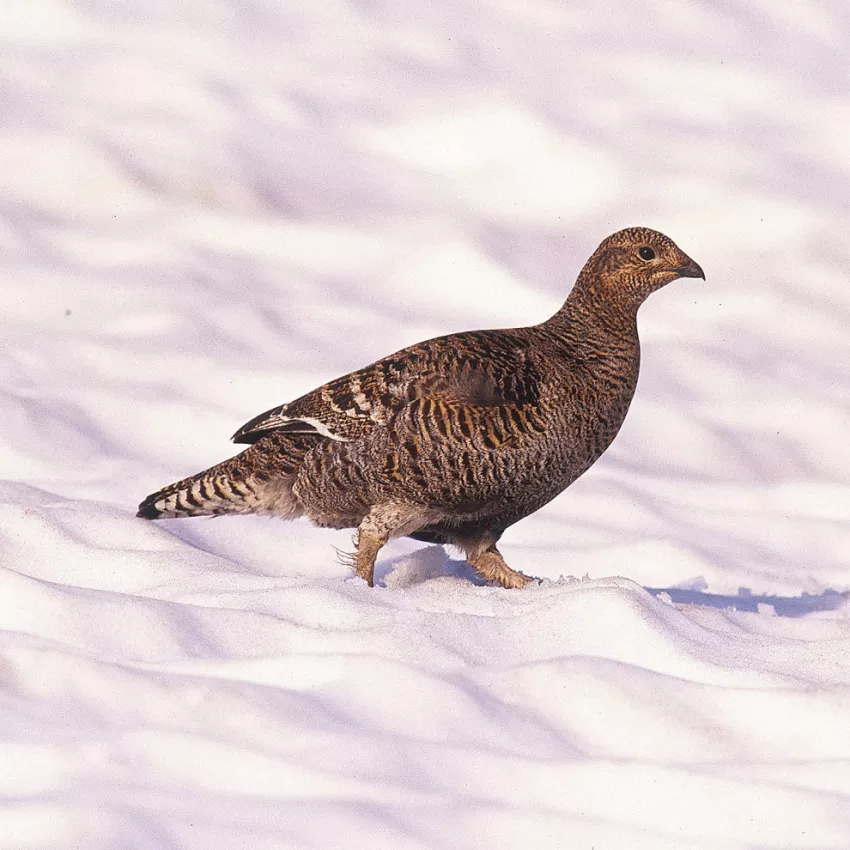European Chapters have innovative plan to save habitat
Article by Antoine Spillmann, Helvetia Chapter President,
published by Safari Times on August 2024
In the Swiss Alps, the Safari Club International Helvetia Chapter and the Association Alpine Tetrao Tetrix are working together to protect the endangered black grouse.
This partnership began when the SCI Helvetia Chapter and a gamekeeper from the Swiss canton of Vaud joined forces. The gamekeeper had been campaigning for the regulation of hunting and the protection of black grouse since 1990.
A hunting quota of 1-to-10 males shot per year was established through detailed monitoring with pointer dogs to preserve the habitat mosaic of heather, bilberry bushes, pastures and woodland. However, invasive green alder threatened this habitat through scrub encroachment and increased nitrogen levels in the soil, which reduced plant and insect diversity.
An unusual method was used to combat the green alder - goats. The goats graze the alpine pastures and thus prevent the green alder from growing back. This method not only improves black grouse habitat but also promotes biodiversity.
SCI purchased fencing material for a 1.8-hectare plot. Under the guidance of the game warden and in collaboration with a shepherdess, a suitable alpine pasture was prepared in l'Arpille, above Les Diablerets in southwest Switzerland.
To expand the project, Safari Club International financed 10 hectares of alpine pastures, with the funding shared by SCI Helvetia, SCI Europe and SCI USA.
Yet a challenge emerged: how to ensure the continued research work and monitoring of the project, which were not included in the original budget. In cooperation with SCI, the Association Alpine Tetrao Tetrix was therefore founded in January 2023 to work with individuals and institutions that recognize the role of hunting in species and nature conservation.
However, finding mountain farmers to graze their goats in the Alps proved difficult. Many farmers had withdrawn their herds from the Alps due to the return of wolves. Despite the challenges, the AAIT has decided not to get involved in the wolf controversy and to focus on the protection of natural habitats and the conservation of biodiversity.
The initiative to use goats to control green alder was met with great support, including from the Gelbert Foundation. This made it possible to fence new plots and develop methods to combine mechanical cutting and goat grazing.
Cooperation with mountain farmers is crucial, as they have the necessary knowledge and practical experience. Volunteers support the foresters in the removal of invasive plants, which involves considerable effort. One hectare of pasture requires the installation of 30 wooden stakes, 135 plastic stakes, the screwing in of 150 insulators and the laying of 2,500 meters of wire.
It became difficult to find volunteers, so Manue Piachaud, the project manager, approached companies to organize work assignments as company outings. The aim is to create a permanent core of helpers who get involved every year. The AAIT plans to increase the number of managed alpine pastures to combat the spread of green alder effectively.
In 2023, goats were introduced to a new alpine above the Lac des Chavonnes, and in 2024, another alpine will be added to the Col du Pillon. These measures are intended to protect the black grouse's habitat and stabilize the population.
The AATT works closely with foresters, farmers, an agronomist and the passionate gamekeeper to ensure that the measures are beneficial for both the black grouse and the farmers. The organization is dedicated to the sustainable use of nature by understanding the behavior and needs of people, plants and animals.

Michael Schomberg of the Helvetia Chapter helped erect and maintain fencing to direct goats to graze on invasive plants such as green alder.

SCl's Helvetia Chapter, Association Alpine Tetrao Tetrix, local farmers and conservationists are working together to create more habitat for black grouse by introducing goats. Goats feed on green adler and clear the way for grouse to return to the mountain habitat.

Much of the work has been done in the remote area of the Swiss Alps in southwestern Switzerland.

Black grouse are a game bird found across the continent but need traditional heather, bilberry bushes, pastures and woodland to survive. Invasive green alder threatened this habitat in Switzerland through scrub encroachment and increased nitrogen levels in the soil, which reduced plant and insect diversity.

